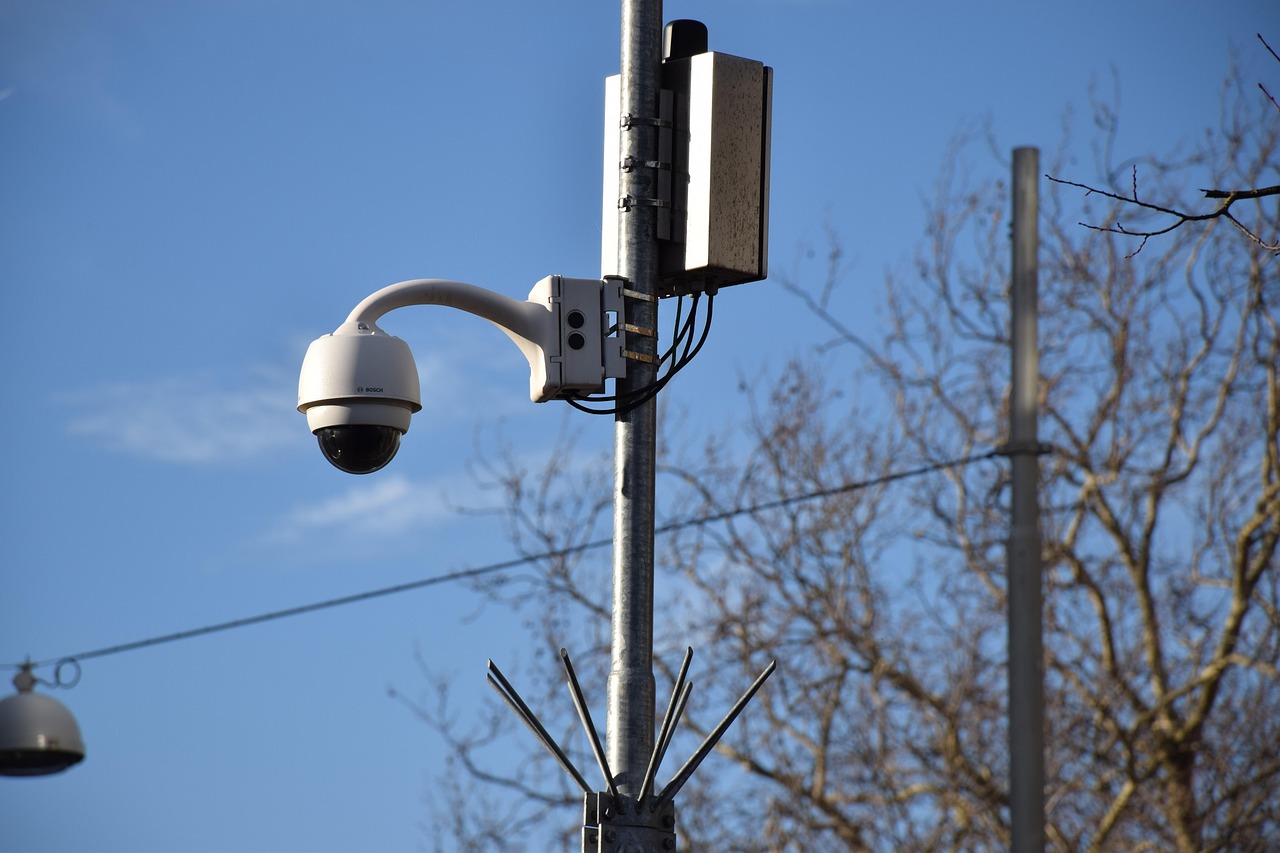Understanding KuCoin Social Liquidity Pools: A New Era in Cryptocurrency Trading

In the rapidly evolving landscape of cryptocurrency, innovative financial mechanisms are emerging, reshaping how assets are traded and managed. One such development is the advent of social liquidity pools, prominently exemplified by KuCoin’s approach. This article provides an in-depth exploration of KuCoin’s social liquidity pools, detailing their structure, functionality, and the broader implications for the global crypto market.
KuCoin, a leading cryptocurrency exchange, has introduced social liquidity pools as part of its comprehensive suite of trading tools. These pools are designed to enhance liquidity by leveraging the collective power of individual investors, creating a more dynamic and responsive trading environment.
The Mechanics of Social Liquidity Pools
At their core, social liquidity pools function by aggregating funds from multiple participants to facilitate larger trading volumes. This collective approach allows for more significant market impact and improved price stability. Here’s how it works in practice:
- Participation: Users contribute their assets to a shared liquidity pool. These assets are then used to facilitate trades on the platform.
- Liquidity Provision: The pooled assets provide liquidity for various trading pairs, ensuring that trades can be executed quickly and at competitive prices.
- Rewards: Participants earn rewards for their contribution to the pool, typically in the form of a share of the trading fees generated by the pool. This incentivizes continued participation and helps maintain liquidity.
By democratizing liquidity provision, KuCoin’s social liquidity pools empower individual investors to collectively influence market dynamics, traditionally dominated by large institutional players.
Global Context and Implications
The introduction of social liquidity pools by platforms like KuCoin is a significant development in the global cryptocurrency market. These pools address a critical challenge faced by many exchanges: the need for consistent and robust liquidity. By engaging a broad user base, social liquidity pools can stabilize markets, reduce volatility, and enhance the overall trading experience.
Moreover, these pools represent a shift towards more decentralized financial models. As traditional financial systems grapple with challenges such as transparency and accessibility, decentralized solutions like social liquidity pools offer an alternative that aligns with the core tenets of blockchain technology: transparency, security, and inclusivity.
Technical Considerations and Challenges
Despite their potential benefits, social liquidity pools also present technical challenges that must be addressed to ensure their long-term viability and stability:
- Security: As with any financial system, security is paramount. Protecting the pooled assets from hacks and ensuring the integrity of smart contracts are crucial considerations.
- Regulatory Compliance: Navigating the complex regulatory landscapes across different jurisdictions is essential to prevent legal hurdles and ensure the pools’ sustainability.
- User Education: Educating participants about the risks and benefits associated with social liquidity pools is vital for informed decision-making and sustained engagement.
Conclusion
KuCoin’s social liquidity pools represent a promising innovation in the cryptocurrency space, offering a mechanism to enhance market liquidity and democratize financial participation. While challenges remain, the potential benefits of these pools underscore their significance in the evolving landscape of global finance. As more platforms adopt similar models, the role of social liquidity pools is likely to grow, marking a new era in cryptocurrency trading. For tech-literate professionals and investors, staying informed about these developments is crucial to navigating the future of digital finance effectively.













